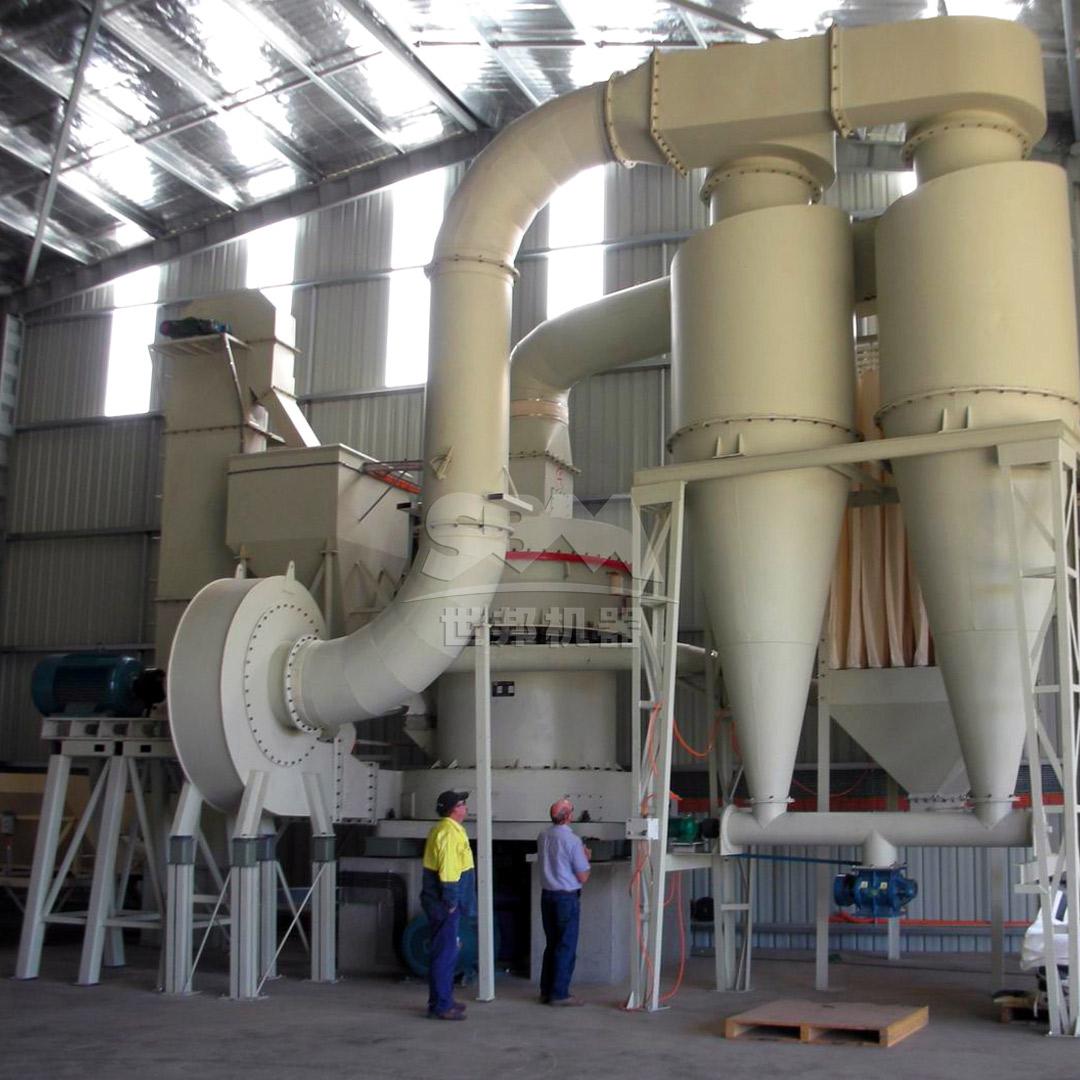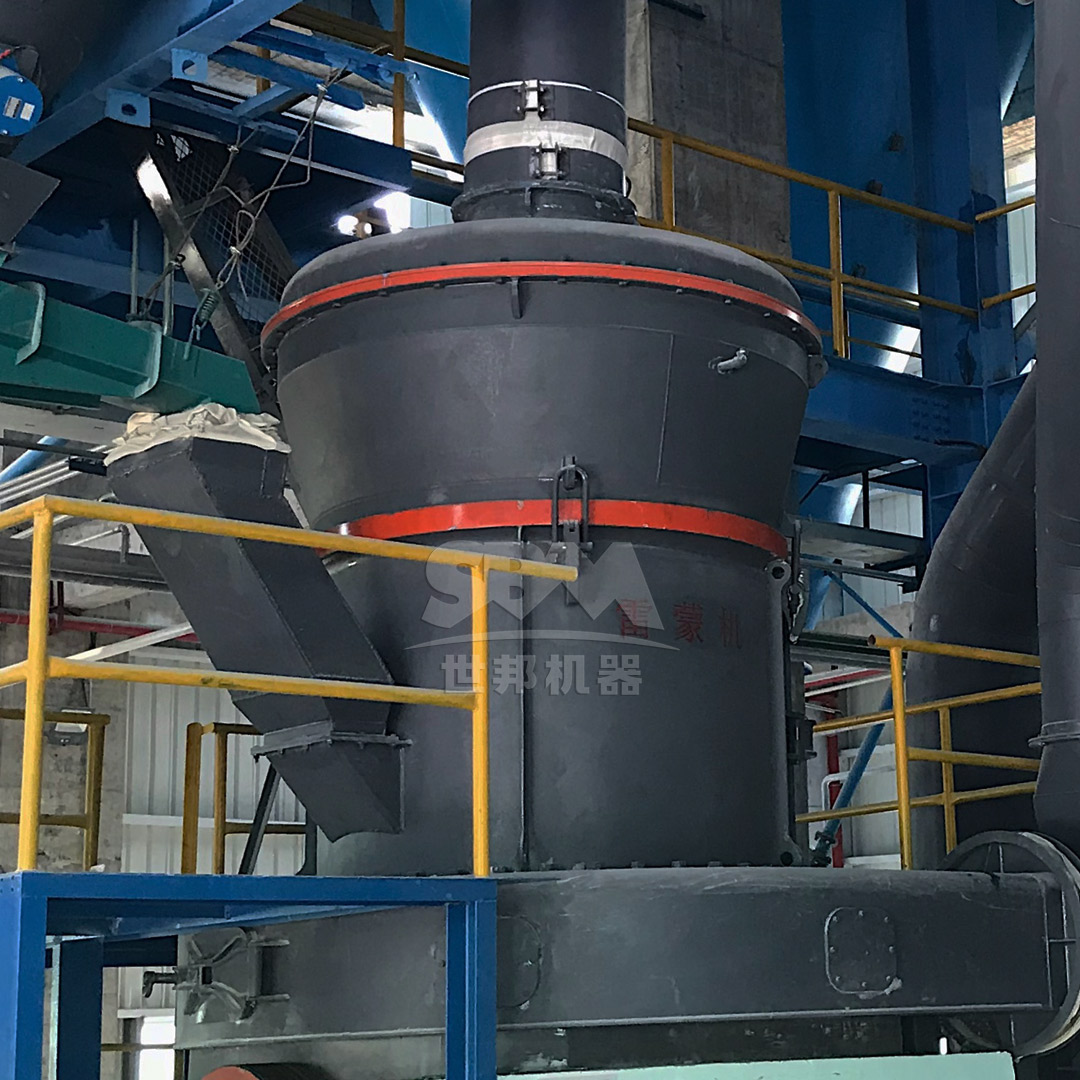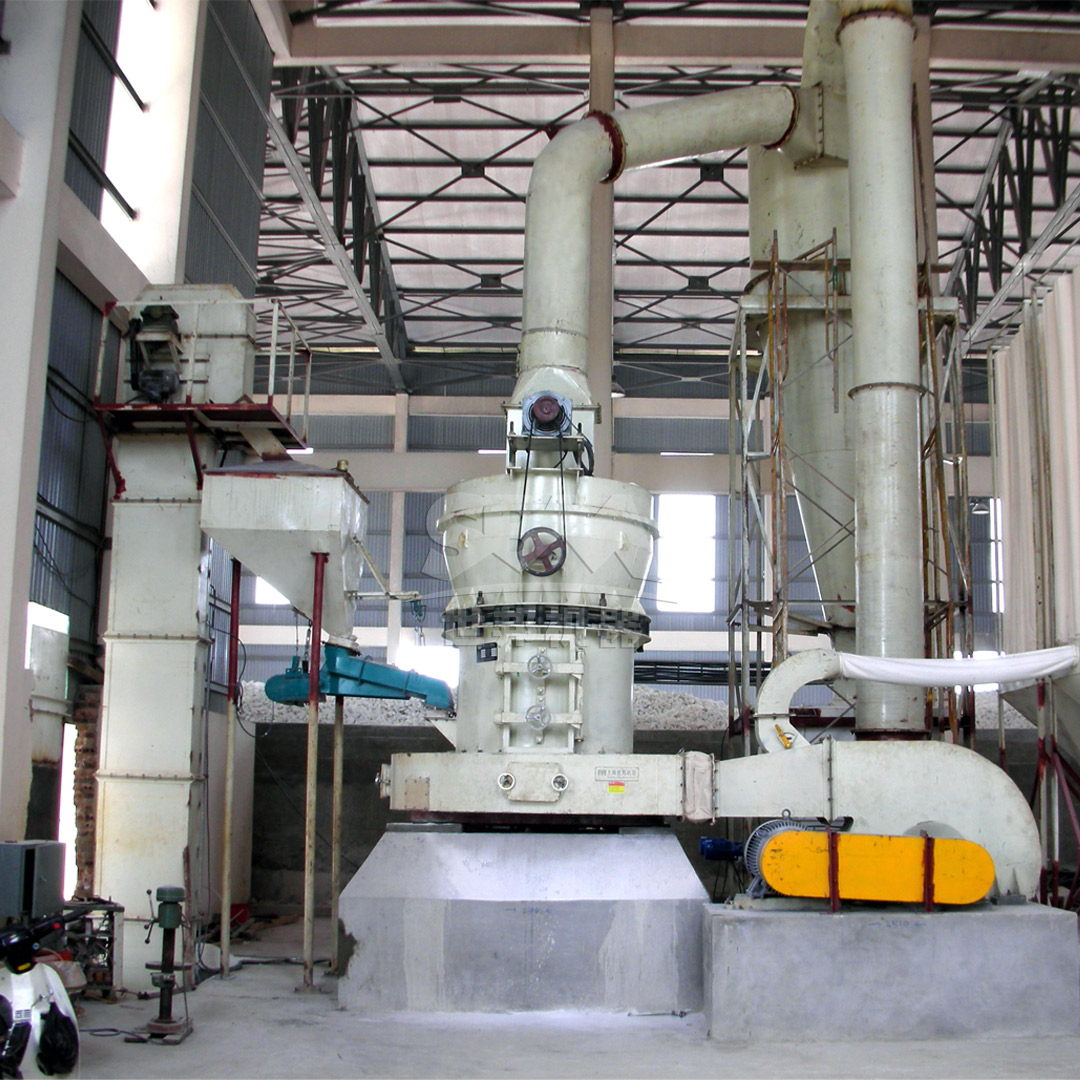Grinding efficiency is a critical parameter in industrial production that directly impacts operational costs, product quality, and environmental compliance. In mineral processing, cement manufacturing, chemical production, and other industries relying on size reduction operations, understanding and optimizing grinding efficiency can lead to significant improvements in profitability and sustainability. This comprehensive guide explores the key metrics, measurement methodologies, and optimization strategies for evaluating grinding efficiency in industrial settings.
Efficient grinding operations not only reduce energy consumption but also enhance product consistency, minimize wear on equipment, and lower maintenance costs. With energy costs representing up to 50-70% of total grinding operational expenses, even marginal improvements in efficiency can translate to substantial financial savings over time.
| Efficiency Factor | Impact on Operations | Typical Range | Measurement Frequency |
|---|---|---|---|
| Specific Energy Consumption | Direct operational cost | 10-50 kWh/t | Continuous monitoring |
| Product Size Distribution | Product quality and market value | D50: 1-100μm | Hourly/Daily |
| Throughput Rate | Production capacity | 1-250 t/h | Continuous |
| Wear Rate | Maintenance costs | 5-50 g/t | Weekly/Monthly |

Specific Energy Consumption represents the amount of energy required to reduce one ton of material to the desired fineness. This is arguably the most important metric for evaluating grinding efficiency, as energy costs typically dominate operational expenses. SEC is calculated using the formula:
SEC (kWh/t) = Total Energy Consumed (kWh) / Mass of Product (t)
Industry benchmarks vary significantly based on material hardness, feed size, and product fineness requirements. For example, grinding limestone to 325 mesh (45μm) typically requires 15-25 kWh/t, while harder materials like quartz may require 30-50 kWh/t for the same fineness.
The Grinding Rate Index measures the mass of material ground to the target size per unit time, normalized by equipment size and energy input. This metric helps compare performance across different mill types and sizes. GRI is particularly useful for tracking performance degradation over time and identifying maintenance needs.
Size Reduction Ratio quantifies the degree of size reduction achieved, calculated as the ratio of feed size to product size. Higher SRR values indicate more efficient size reduction, though this must be balanced against energy consumption. The relationship between SRR and energy consumption follows Rittinger’s law, which states that the energy required is proportional to the new surface area created.
In closed-circuit grinding systems, classification efficiency measures how effectively the classifier separates properly ground material from oversize particles that require further grinding. Poor classification efficiency leads to overgrinding of fine particles, increasing energy consumption and potentially degrading product quality.
Regular laboratory analysis provides essential data for efficiency calculations. Key laboratory tests include:
Modern grinding operations increasingly employ online monitoring systems for real-time efficiency assessment:
Comparing actual performance against theoretical models and industry benchmarks helps identify improvement opportunities. Common benchmarking approaches include:

Modern grinding equipment incorporates numerous design features to maximize efficiency. When selecting grinding equipment for optimal efficiency, several advanced technologies deserve consideration.
For ultrafine grinding applications requiring precise particle size control down to 5μm, the SCM Ultrafine Mill represents a significant advancement in grinding technology. With its vertical turbine classifier ensuring accurate particle size cuts and intelligent control system automatically adjusting for optimal product fineness, this equipment achieves remarkable energy efficiency – offering twice the capacity of jet mills while reducing energy consumption by 30%. The special material roller and grinding ring design extends service life significantly, while the pulse dust collection system exceeds international environmental standards.
The SCM series demonstrates exceptional performance across multiple efficiency metrics. Specific models like the SCM1000 with 132kW main motor power can process 1.0-8.5 tons per hour to fineness levels of 325-2500 mesh, while the larger SCM1680 reaches 5.0-25 tph capacity with 315kW power consumption. This represents a substantial improvement over traditional grinding systems in terms of specific energy consumption and product quality consistency.
For large-scale production requirements ranging from 3-250 tons per hour, vertical roller mills offer exceptional efficiency through their integrated design that combines crushing, grinding, and separation functions in a single unit. The LM Series Vertical Roller Mill exemplifies this approach with its compact design reducing footprint by 50% and energy consumption 30-40% lower than ball mill systems.
These mills achieve their efficiency through several innovative features: non-contact grinding roller and disc designs that triple wear part lifespan, expert automatic control systems enabling remote operation, and full sealed negative pressure operation ensuring dust emissions remain below 20mg/m³. The modular roller assembly quick replacement system further enhances operational efficiency by minimizing maintenance downtime.
With models like the LM220K processing 36-105 tph at 800kW and the massive LM340Y handling 200-250 tph with 2500kW power, these vertical mills set new benchmarks for large-scale grinding efficiency across minerals, coal, slag, and specialized fine powder applications.
| Mill Type | Typical SEC Range (kWh/t) | Optimal Fineness Range | Capacity Range (t/h) | Key Efficiency Features |
|---|---|---|---|---|
| Ball Mill | 18-35 | 45-250μm | 0.65-450 | Proven technology, wide applicability |
| Vertical Roller Mill | 12-25 | 45-600μm | 3-250 | Integrated design, low wear rates |
| Ultrafine Mill | 25-45 | 5-45μm | 0.5-25 | Precise classification, intelligent control |
| Trapezium Mill | 15-28 | 45-600μm | 3-45 | Anti-wear design, efficient transmission |
The properties of the feed material significantly impact grinding efficiency. Key factors include:
Proper adjustment of operational parameters can significantly enhance efficiency:
Regular maintenance directly impacts grinding efficiency through:

Implementing statistical process control (SPC) techniques enables systematic monitoring and improvement of grinding efficiency. Key SPC applications include:
Advanced digital technologies offer new opportunities for efficiency optimization:
Establishing a structured approach to continuous improvement ensures sustained efficiency gains:
Measuring and optimizing grinding efficiency requires a comprehensive approach that combines accurate measurement techniques, appropriate technology selection, careful operational management, and continuous improvement practices. By systematically addressing all aspects of grinding efficiency – from equipment selection to daily operational practices – industrial operations can achieve significant reductions in energy consumption, maintenance costs, and environmental impact while improving product quality and consistency.
The advancement in grinding technologies, particularly in vertical roller mills and ultrafine grinding systems, continues to push the boundaries of what’s possible in grinding efficiency. As digitalization and automation technologies mature, the potential for further efficiency improvements grows, promising even greater operational and environmental benefits in the years ahead.
Ultimately, successful grinding efficiency management depends on treating it as an integrated system rather than a collection of individual components. By understanding the interactions between equipment, operational practices, material characteristics, and control strategies, operations can unlock the full potential of their grinding circuits and achieve world-class performance levels.